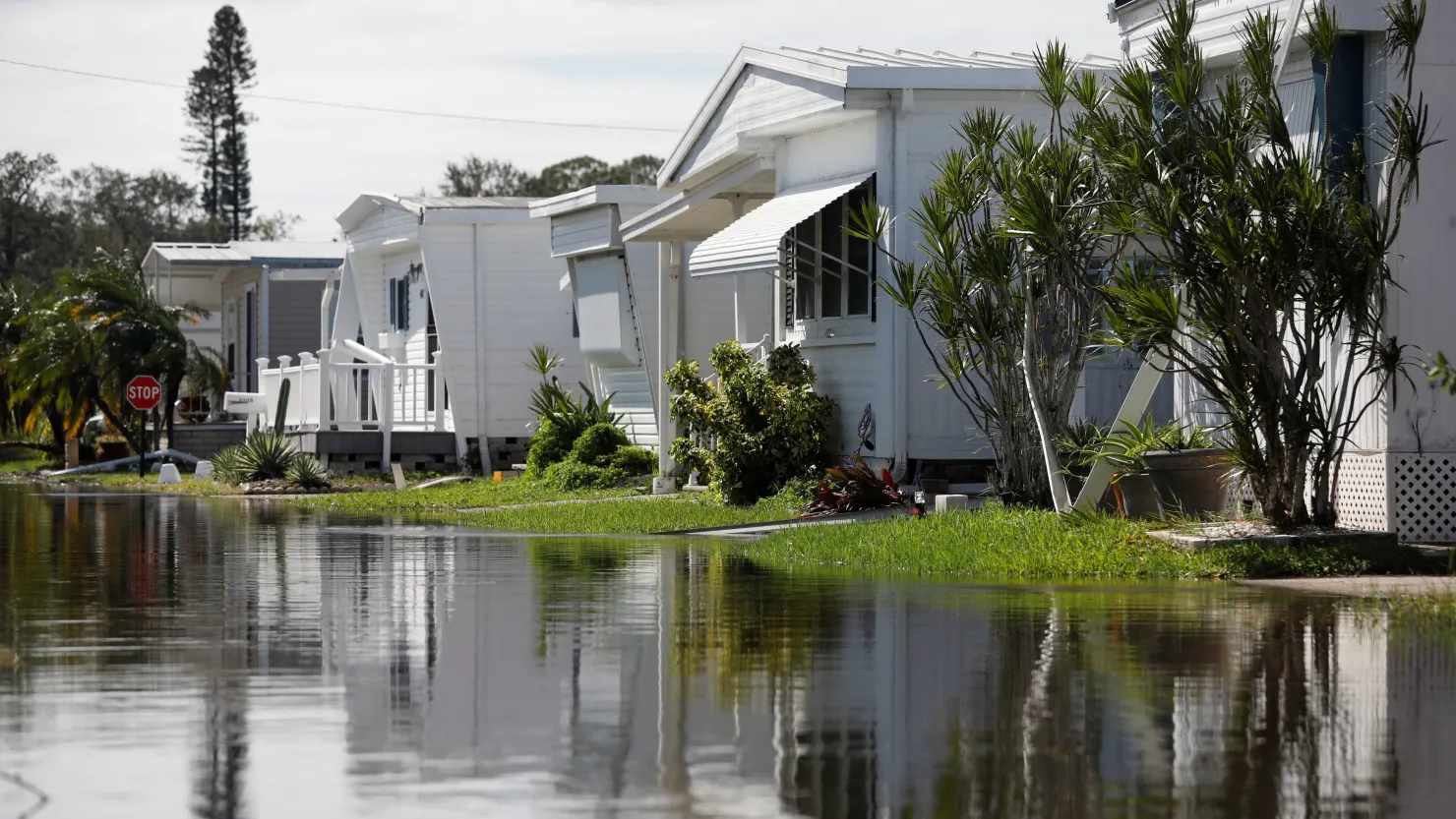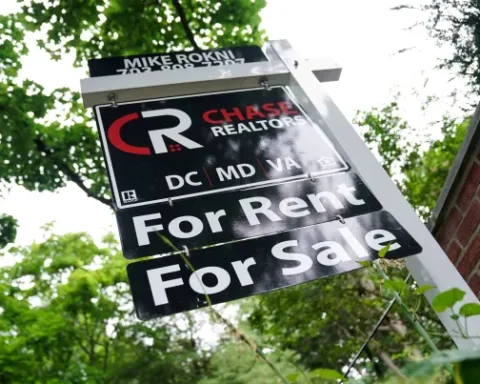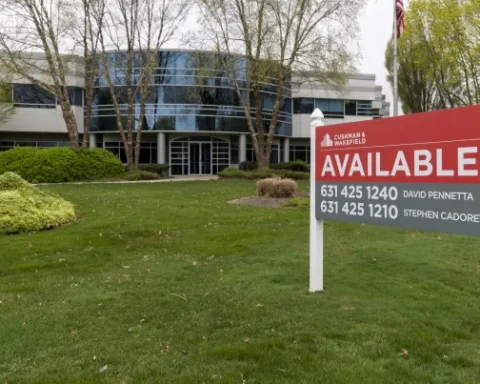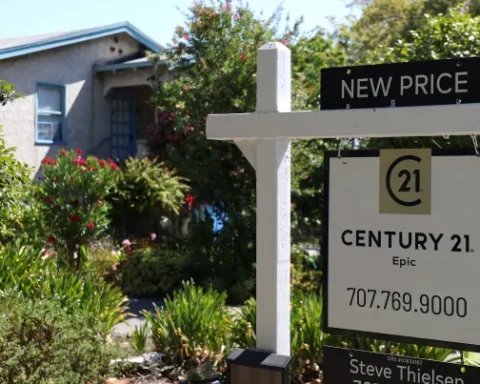When a natural disaster strikes, the aftermath can leave homeowners and renters without a place to stay. Fortunately, a provision in homeowners’ or renters’ insurance policies, known as “loss of use” or “additional living expenses” (ALE) coverage, can provide temporary relief. This coverage helps to manage expenses like lodging, food, and other essentials if your home is uninhabitable due to a covered disaster.
Understanding Loss of Use Coverage
Loss of use coverage is a built-in feature in most homeowners insurance policies, typically amounting to about 20% of the dwelling coverage. As president of Susman Insurance Services, Inc., Karl Susman explains, “I don’t know of any homeowners policy that doesn’t have it already there.” For instance, if your home is insured for $100,000, you could receive up to $20,000 for temporary living expenses while repairs are underway. This coverage can help with costs like staying in a hotel or rental, food expenses, pet boarding, and storage fees.
Shannon Martin, a licensed insurance agent at Bankrate.com, advises policyholders to inquire about this coverage when filing a claim: “If you call your carrier, they might be able to expedite the loss of use claim filing for you and issue a check early so that you’re not stuck trying to figure out how to pay for a separate housing.”
Renters Insurance and Loss of Use
Loss of use coverage is more comprehensive than for homeowners. Renters and condo owners can also benefit from similar provisions. While the primary coverage in these policies focuses on personal property, about 20% of that amount is often allocated for loss of use coverage. Susman notes that this helps tenants handle living expenses during displacement: “You’ll typically get 20% of the personal property coverage for loss of use.”
It’s essential to understand any restrictions associated with this coverage. “Ask your insurer about any policy restrictions. There may be expense-specific dollar caps or time limits to claim loss of use coverage,” Martin advises.
A Short-Term Solution, Not a Long-Term Fix
While loss-of-use coverage can alleviate immediate financial pressures, it is not designed for extended periods. Jeremy Porter from First Street Foundation states, “It’s generally not intended to be a long-term solution. It’s generally insufficient money to carry people through an extended period.” The coverage aims to bridge the gap while homeowners or renters transition to more stable living conditions.
Susman highlights that this short-term nature can be challenging, especially after a disaster when housing availability decreases and temporary accommodations become more expensive. However, this coverage can be crucial support for many during a difficult time.
Navigating Recovery After a Disaster
Recovering from a natural disaster can be lengthy, involving insurance claims and federal aid. As Loretta Worters from the Insurance Information Institute points out, “It takes a long time to recoup and recover.” During this time, homeowners and renters can utilize their insurance coverage and government assistance to meet their needs.
Susman notes that policyholders can seek aid from the Federal Emergency Management Agency (FEMA) alongside their insurance claims. Martin adds, “You might be able to use funds from the government to help you stay in a hotel for a month, then get a place closer to your home and use your loss of use coverage to pay for the difference.”
Planning for Unexpected Displacement
Loss of use coverage is vital to homeowners’ and renters’ insurance, offering temporary relief when natural disasters strike. While it may not provide a permanent solution, it ensures that families can maintain stability as they rebuild their lives. Understanding how this provision works can make all the difference during difficult times, providing the support needed to navigate a challenging recovery process.







